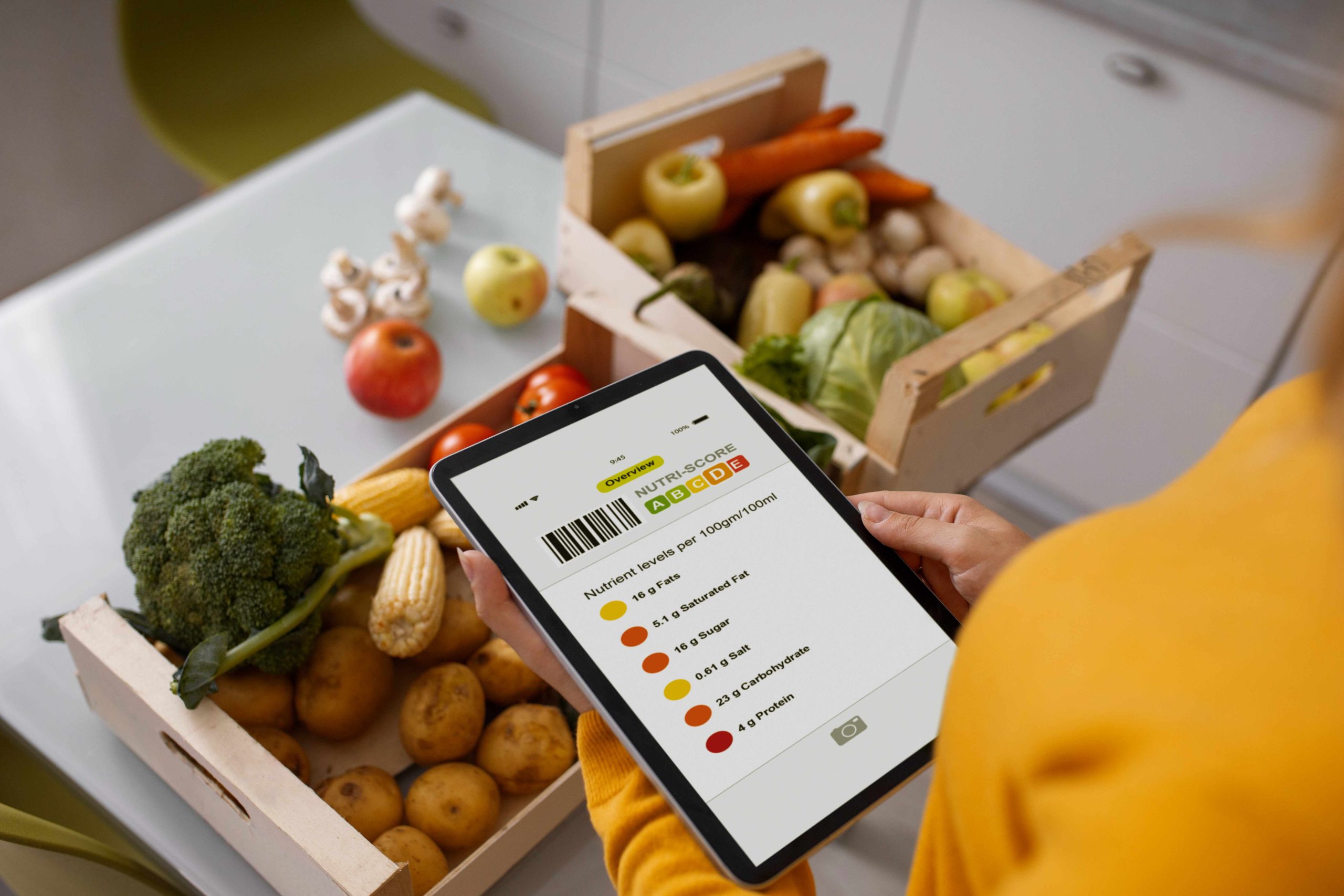In the digital era, the need for efficient and user-friendly government service apps has grown significantly. These apps aim to simplify public services, enhance accessibility, and improve the overall citizen experience. However, developing a government service app is a complex and costly endeavor. This article explores the various factors that influence government service app development cost, providing a comprehensive overview for governments and developers alike.
Key Factors Influencing Development Costs
-
Scope and Complexity of the App
- Features and Functionality: More features lead to higher development costs. Basic features like user authentication, notifications, and basic data processing are less expensive to implement compared to advanced functionalities such as real-time data analytics, integration with multiple databases, and AI-powered services.
- User Interface and Experience (UI/UX): Investing in a high-quality, intuitive UI/UX design can significantly increase costs but is crucial for the app’s success.
-
Technology Stack
- Platform Choice: Developing for multiple platforms (iOS, Android, Web) increases costs. Each platform may require different programming languages and tools, necessitating a broader range of expertise.
- Backend Infrastructure: A robust backend is essential for handling large volumes of data and user requests. Cloud services, databases, and server maintenance all contribute to ongoing costs.
-
Security and Compliance
- Data Protection: Government apps handle sensitive personal information, requiring stringent security measures. Implementing advanced security protocols, regular security audits, and compliance with regulations like GDPR or HIPAA adds to the development budget.
- Regulatory Compliance: Ensuring the app complies with local, national, and international regulations involves additional legal and technical expertise.
-
Integration with Existing Systems
- Legacy Systems: Integrating the new app with existing government databases and systems can be challenging and costly. Legacy systems often require custom solutions to ensure seamless integration.
- API Development: Developing and maintaining APIs for communication between different systems can also increase costs.
-
Development Team
- In-House vs. Outsourcing: Hiring an in-house team can offer better control over the project but is usually more expensive due to salaries, benefits, and overhead costs. Outsourcing to a specialized development firm can be more cost-effective, especially for governments on a tight budget.
- Expertise Required: The need for specialists in areas such as cybersecurity, data management, and user experience design can drive up costs. Additionally, project managers and quality assurance professionals are essential for delivering a high-quality product.
Cost Breakdown
-
Planning and Research
- Initial research and requirement gathering: $10,000 – $50,000
- Feasibility studies and stakeholder consultations: $15,000 – $30,000
-
Design
- UI/UX design: $20,000 – $100,000
- Prototyping and user testing: $10,000 – $50,000
-
Development
- Frontend development: $50,000 – $200,000
- Backend development: $60,000 – $250,000
- API development and integration: $20,000 – $100,000
-
Testing and Quality Assurance
- Automated and manual testing: $20,000 – $80,000
- Security testing: $10,000 – $50,000
-
Deployment and Maintenance
- Initial deployment: $10,000 – $30,000
- Ongoing maintenance and updates: $5,000 – $20,000 per month
Potential Hidden Costs
- Training and Support: Training government employees to use the new app and providing ongoing support can incur additional costs.
- Marketing and User Adoption: Promoting the app to ensure widespread adoption and usage among citizens may require a significant marketing budget.
- Unexpected Delays: Unforeseen technical challenges or changes in project scope can lead to delays and increased costs.
Conclusion
Developing a government service app is a significant investment that involves careful planning, execution, and ongoing support. While the costs can be substantial, the benefits of increased efficiency, better citizen engagement, and improved public service delivery can far outweigh the initial investment. Governments should consider these factors and plan their budgets accordingly to ensure the successful development and deployment of their service apps.




